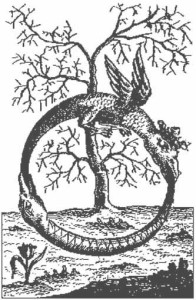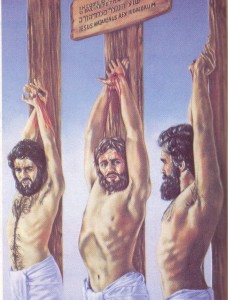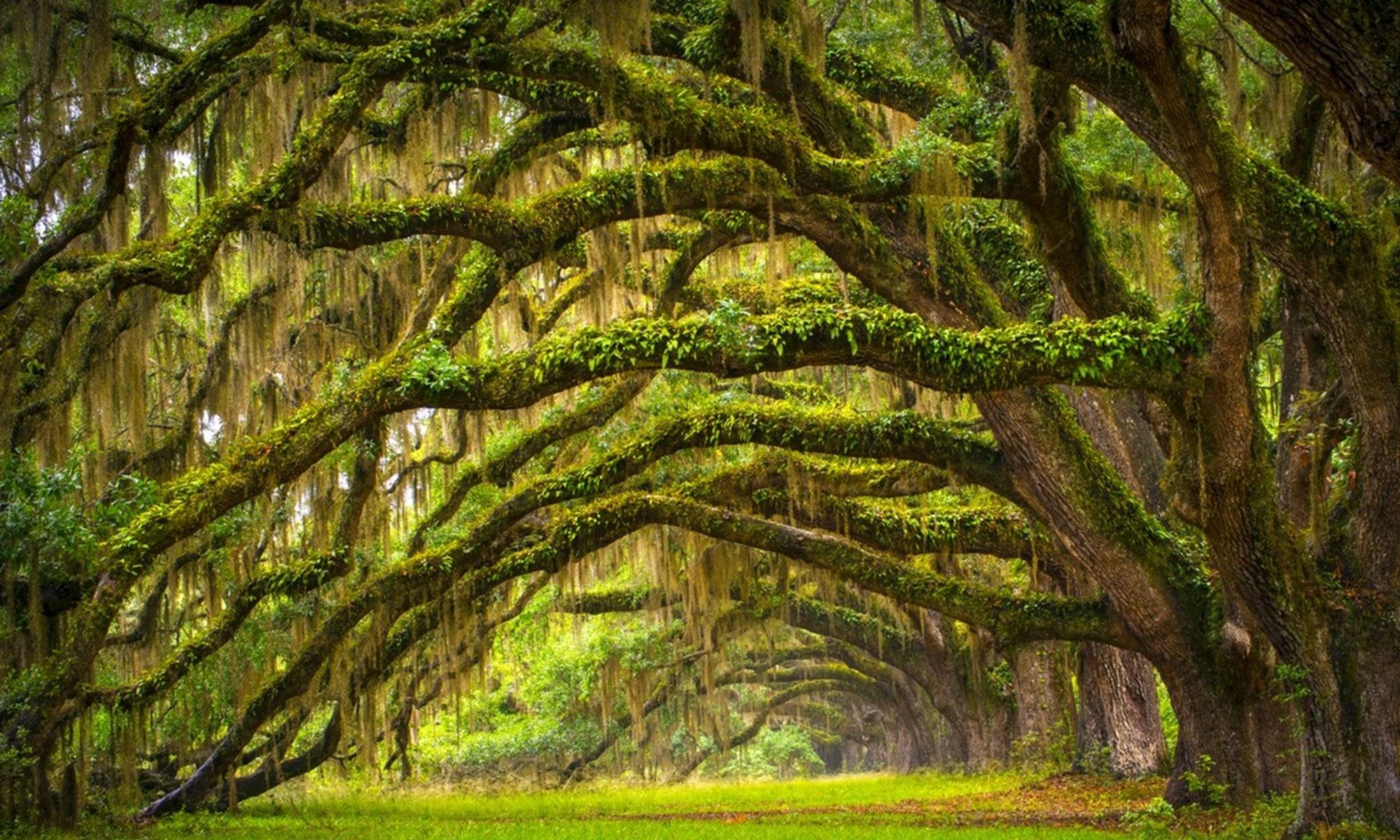
Ouroboros Triad
Dragon – Satan
Snake – Man
Tree of Knowledge
As I sat to write this final post of the Ouroboros Triad I had to step away for some reflection. The focus of many is on the tree. Was it an apple, a pomegranate, or was it something that had nothing to do with the type of tree at all? The issue is not the tree, the issue was, and is, the knowledge of good and evil.
The very statement of God (Ge 2:15-17) implies that man {adam in Hebrew simply means man, it was not a name} had no comprehension of the difference between good and evil. How could he? He had not sinned, there was no evil in the physical creation (Ro 8:18-23), yet. When God gave man the command to not eat the tree, man obeyed. He had no conception of evil and thus could not truly apprehend good. He was just obedient and he remained obedience, as did woman, until evil interjected itself into this idyllic scenario. In addition, since man had never experienced death in any form, he did not truly understand the penalty either. Now, before I continue I need to explain my presuppositions so the remainder of my post will make any sense to the majority of the readers.
When God looked at creation and said that it was “good” and He rested I do not understand this to mean that this present creation was “perfect” (Ge 1:31-2:2). God is omniscient (knows EVERYTHING), therefore, His plan was not completed, Many teach that God had totally completed creation, Satan came in destroying everything and God had to go back to work to fix creation. This view of God requires that He NOT be omniscient and if He is not omniscient then He cannot guarantee your salvation which He obviously has according to His Gospel (Jo 10:27-30); ergo, He is NOT God! The only alternative that includes God’s omniscience is that God was pleased with the start of His plan. God made the present creation imperfect and it groans under the weight of entropy while it waits until it will be remade without entropy {new heave and earth} (Ro 8:18-23) in order to provide the environment required for man in the flesh.
God could have made man in any form but His plan required that God make man in the flesh. While God is omnipotent, He must be consistent with His nature and thus, God has limitations; for instance, God cannot sin (Ja 1:13). I also believe that while God made man in the “essence” of His image, sense of self-awareness and thus capacity for morality {sense of right and wrong}; He could not make man complete in His image simply via creation. To possess God’s image fully required something God could not create, an understanding of the difference between good {God} and evil {all else that violates God’s holiness} (Lk 18:19). Man had to learn this experientially. For example, God made the angels as spiritual slaves and those who did not fall could not, and cannot, understand God’s Gospel (1Pe 1:12). Also, one does not learn, gain knowledge, and prove able to function in this world in any capacity without experientially understanding how to use knowledge, gain wisdom {mechanic, medicine, etc.}. Therefore, God made man in the flesh so that man could begin the process of experientially learning good and evil and death {physical and spiritual} (1Co 1:27-31).
The final component is Satan. His name means “accuser”. He accuses those whom God has chosen to be His since the foundation of the world (Job 1-2; Ep 1:3-10; Re 12:9-10). He is the first sinner, he is the introducer of evil, sin, into this creation. He is the District Attorney who accuses man before God, the Righteous Judge. He was second only to God until God planned to create man who would start less than Satan but whose position would be greater than Satan’s (Is 14:12-15; Ez 28:11-17; 1Co 6:1-3). This introduces the question of theodicy {if God, why evil}. Of course, the same people who ask this question then demand that free will must exist; in other words, they condemn God for “allowing” sin to exist while demanding that they be allowed to exercise their “free will” to choose sin. While God chose some to be saved, He did not condemn others to sin, that was the result of their being in the flesh and following the flesh.
Since adam and woman were not sinning on their own, they had no comprehension of sin, Satan entered the picture to “help” them along. He correctly stated the issue, they would understand good and evil and be as gods, have an active sense of morality. However, he did not tell them that they would know evil because they would be the evil, sinners! Woman was deceived but man was not because he could see the difference in woman after she sinned (2Co 11:3; 1Ti 2:13-14). Now he knew the difference between good and evil and he could see the visage of “spiritual” death upon her; yet, he chose to follow her because he acted from his flesh. He could have prayed to God for help but in the pride of his flesh he acted from his heart and this is the essence of sin in each of us (1Jo 2:15-16). Adam was the only person to clearly see the difference for everyone since is born in sin and has never known life apart from sin – it is an innate to our nature as is our sexuality (Ro 5:12). Death entered the world, but whose death (1Co 15:21-22)?

Stauros (Stake)
True Cross of Christ
The plan from the beginning was for God to die for His creation. Jesus is the active agent between the Father and man from the beginning (Jo 1:1-4, 9-10, 18). God chose the tree in the Garden because the plan was for Christ to die on the tree for sinful people (Ga 3:13-14). This was exemplified to the Hebrews in the Wilderness when Moses raised the bronze snake on the pole for people to see and be healed from snake bites brought on by their sin (Nu 21:7-9; Ps 22:6-8; Jo 3:13-15). Thus all who call upon the name of Christ in repentance shall be saved (Jo 3:16; Ro 10:9-10). The saved in Christ have become “new creations” with new natures to be developed into the fullness of maturity in Christ (1Co 13:9-12; 2Co 5:17; Ep 4:11-14; He 6:1). Now that we who are saved are “new creations” in Christ we are required to know the difference between good and evil and to chose the good (He 5:11-14). We can only do this through diligent study in God’s word through the use of correct hermeneutics and prayer.
Thus, Christ who became “sin” (dragon, snake, worm) died for sinful people whom He called forth for salvation to give life to His own. He is the true Ouroboros and all inside His circle have life and all outside His circle have eternal death (Re 22:14-17). Those who choose life will have eternal life and those who choose to live without Christ will spend eternity without Christ trying to pay the sacrifice for their sins, without success, as Christ paid the price for sin under God’s punishment, with success {true meaning of the Passover (Ex 12:21-23; 1Co 5:6)}. The Gnostic worship and usage of the ouroboros condemns them for they remained trapped in their sin, ensnared by Satan, the Dragon (Col 2:8). Those who are saved will rise again in newness of life (Col 2:11-15). Satan, who sought to prove omniscient God the author of sin to be released from his penalty of death and take God’s place since He was obviously unworthy, is found to have played a vital role in our salvation though he truly it for our harm. The belief of Universalism (supported by Billy Graham and others) to sin without penalty and have God be the guilty party, is a false hope of Gnosticism and all religions. Thus, they worship the dragon who promises them life, only for his own escape, but will give them only death (Re 19:20-20:4, 7-15).
The “Tree of Knowledge” is that man can only attain the full image of God through death of the sinful flesh and only God could die to provide true life. Thus, the death God spoke of to man in the Garden was not simply the death of man, spiritual and physical, but His own death in order for man to more fully obtain the nature of God by the experiential understanding of good and evil. This is God’s plan from eternity past for man’s eternity future. Man and woman ate of the tree of knowledge discovering they had become the evil and that God had become the sacrifice. No religion, no person can fathom a god who would die for his creation (1Co 2:14); thus, this is foolishness to lost man who rejects this, attacks this, seeks to destroy this in order to promote Universalism, his supposed salvation. Yet, this is God’s plan for His creation; “To Him be the glory forever. Amen” (Ro 11:33-36).


There has been some question concerning the graphic I posted of the “cross”, actually stauros (stake) in Greek. I do not wish to have this distract from the main focus of this post or of the series. I would have those interested in learning how I arrived at my conclusion to visit this site (http://tyndalearchive.com/scriptures/www.innvista.com/scriptures/compare/heathenb.htm). I consider this a minor point and disagreements are anticipated. The essential point is that Christ died hanging on wood (tree) for our sins and rose again for your new life. I respect you conclusion and ask for the same consideration in return. Sincerely.